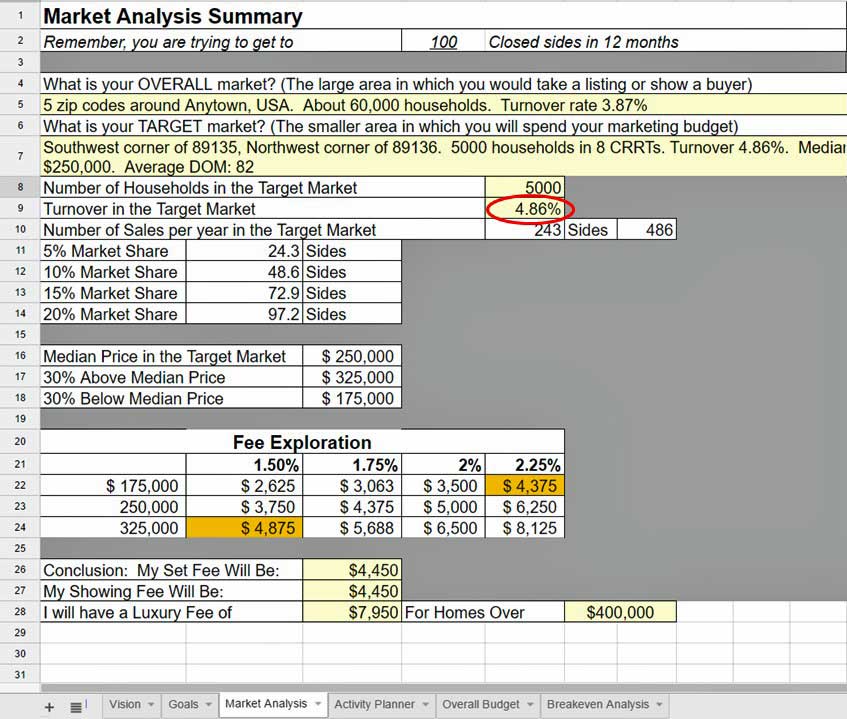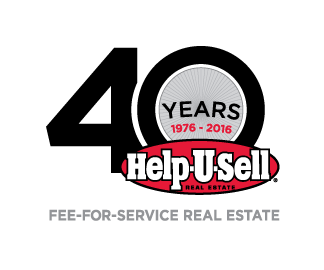The lifeblood of our business is leads . . . but how do you get them?
It’s harder today to generate a lead than it ever has been. As the real estate business has grown up, the flow of easy leads into the office has dried up! And while the Internet has lowered the cost of marketing a listing, the cost of generating a lead has gone UP. Offices with active marketing programs easily spend $100 – $150 to generate a single lead. When you factor in typical conversion rates – something like 8 to 1 – the cost to generate a bona fide buyer or seller can approach $1,000.
Before delving deeper, let’s define terms. An Inquiry is a call for information. It may come on the phone, in an email or in response to an Internet ad. Inquiries do not become Leads until that person surrenders his or her contact information. So a Lead is a person we have the ability to contact.
Most potential Leads are lost right there: in the conversion from Inquiry to Lead. Real estate salespeople are so notoriously bad at this that at least half of all Inquiries simply evaporate without ever becoming leads. Smart brokers demand performance in the conversion process, insist on practice and role play, and track it over time. Smarter brokers hire specific personnel whose sole function is to respond to Inquiries and convert them to Leads.
There are several cultural factors that have caused that great river of real estate buyer and seller leads to go dry. They include:
An explosion of readily available information. With the Internet, Zillow, REALTOR.com and dozens of other portals, there’s very little a potential customer can’t find on his or her own. In short: they don’t call you anymore, because they don’t need to.
A steadily waning trust factor. We have become obsessed with privacy and anonymity. So often, the innocent sharing of an email address of phone number has led to endless scamming and unwanted solicitations. People today are far less willing to give up their contact information than they were even 10 years ago.
The genericization of the real estate industry. A couple of decades ago, there was a perceived difference in the consumer offering of some real estate companies. That perception is gone with the last millennium! Today, there is not one whit of difference in the consumer offering of almost any real estate brand. There is endless innovation in how real estate companies attract and retain agents, but for the consumer it’s basically 6% (or 5% or 7%), put you in the MLS, put you on Zillow, hold an open house and pray. When everyone is offering the same thing, something extraordinary has to come through in an inquiry response before contact information is exchanged.
So how do you become a lead generating machine in this environment? It’s actually pretty easy.
Step One: look at your consumer offering. What are you offering that is utterly different from what everyone else is offering? And, forget the industry buzz terms like ‘Excellent Customer Service,’ and ‘Professionalism.’ Those things are important, but to the consumer, they are an expectation, not a differentiator.
Remember that one of the first things any consumer shops is price. If your pricing model is the same as the 3,000 other Realtors in your Board . . . well, that’s hardly standing out in the crowd, now is it? And does your pricing model make sense? Does the person in the $250,000 house pay less to sell it than the person in the $300,000 house? If so, why? Spoiler alert: answers like, ‘That’s just the way we do it,’ don’t fly.
The pricing of any consumer good or service is a value-for-value exchange. In a value-for-value universe, your fee should have some relation to the cost of the goods or services you are providing. So, if the person in the $250,000 house pays, say, $15,000 to sell but the person in the $300,000 house pays $18,000, where are you spending the extra $3,000 in the home marketing process? You’re not? Well, then, both of those homeowners should be paying the same thing, don’t you think?
Assuming you do step one correctly – meaning you devise a superior pricing model for your company and a dynamite consumer offer – you move on to:
Step Two: which is to market the heck out of it.
Bear in mind that it is your company that makes the consumer offer; it’s not the agents. They may make the offer on the company’s behalf, but it is the company’s offer.
Over the past 40 years, residential real estate companies have shifted the cost of marketing (which is how we communicate the consumer offer) in large measure to agents who demanded increasingly lofty commission splits. The logic was solid: I can’t afford to pay you 80% unless you start paying for your own marketing. But we’ve learned that, generally speaking, agents won’t invest in marketing regardless of split. The end result of shifting marketing to agents is agents running around willy-nilly, making this promise here and that pledge there, with no coordination from the broker and no clear or consistent offer being made to consumers.
So, you have to take control of your marketing, which means you’re going to have to budget a significant portion of your gross for it. Then you go into your target market strategically and consistently with your marketing message . . . and soon, like the swallows returning to Capistrano, the inquiries start to flow in.
By this time, the next step should have already happened. It will happen while you are doing step two.
Step Three: Take control. As you take control of your consumer offer and of your marketing, you will take control of your company. As lead generation becomes your responsibility, as you begin to hold your staff accountable for the disposition of those leads, as your unique consumer offering is constantly and consistently conveyed, your company will shift from being a place where agents work to a thriving business machine with growing market share and value.
Sound like a lot of work? A lot of risk? It is. But if you want to control your business (rather than be controlled by it), it has to be done.
Thankfully, there is a shortcut.
For 40 years, Help-U-Sell Real Estate has been perfecting the kind of business model described above. Our consumer offer – Sell Fast for a Low Set Fee and Save Thousands – is unique and very attractive to consumers. Our marketing system is a system. Like the consumer offer, it is unique in the industry and produces stellar results. Nobody markets like we do and nobody generates a steady flow of leads into the office like we do.
Couple this with a robust technology platform that we built and own and free expert coaching and support; and Help-U-Sell Real Estate could be your path to local market domination.
If you’d like to know more or simply have questions, feel free to contact us. Much can be learned at our website, helpusellfranchise.com or at one of our regularly held informational seminars, but nothing is better than picking up the phone and having a conversation.
Caution: One of the biggest snags brokers encounter when trying to understand how Help-U-Sell Real Estate works happens when they try to imagine the pricing model fitting into their existing operation. It doesn’t work. If you did that, you’d fail. We are not a stripped down version of what any other real estate company does. We are a completely new and different approach to how to run a real estate company, one that allows us to charge less and make more.
Just as almost every seller who is aware of us feels they must find out what we do before choosing a listing company, you too should find out what’s different and special about Help-U-Sell Real Estate before you map out another year of your future. Get in touch today.



